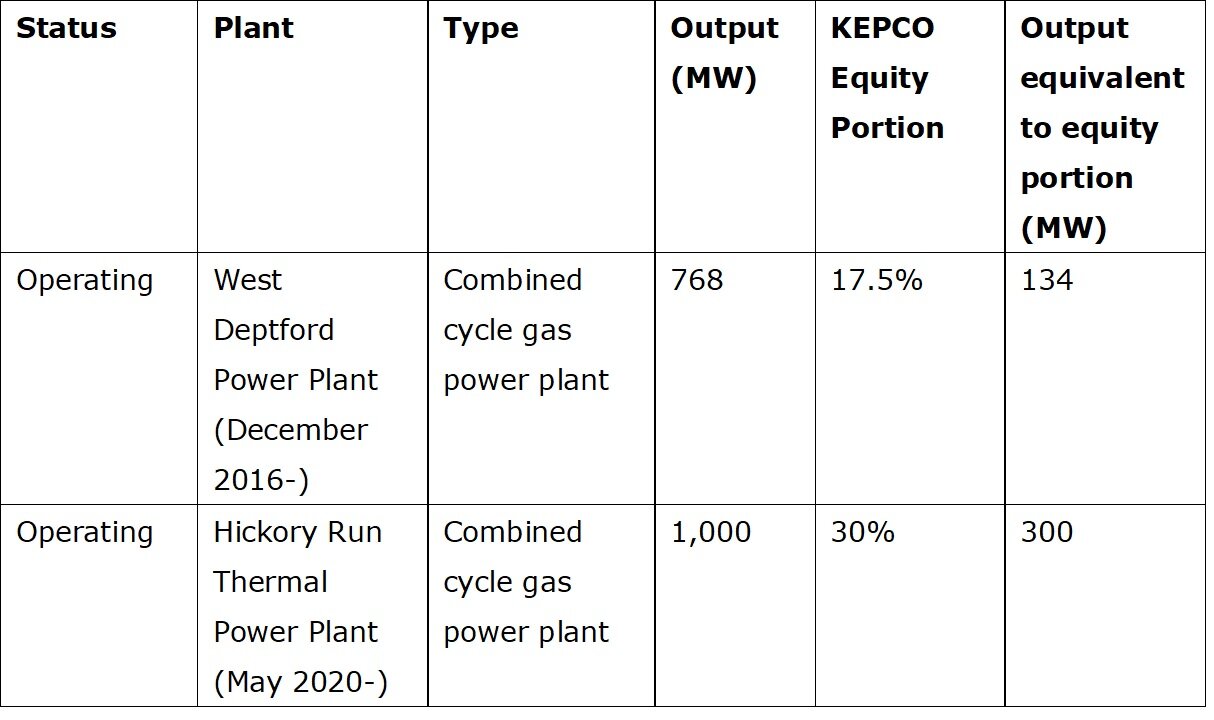On May 13, 2020, Toshiba Energy Systems & Solutions (Headquarters: Kawasaki City, Kanagawa Prefecture) announced that Nakao Geothermal Power Generation Corporation (Nakao Geothermal, Headquarters: Takayama City, Gifu Prefecture) will build a double-flash geothermal power plant in Takayama City, Gifu Prefecture.[1] Nakao Geothermal was jointly established in 2013 by Toshiba Energy Systems & Solutions, a subsidiary of Toshiba (Headquarters: Tokyo)[2] that offers energy business products and services [3], and Cenergy, a subsidiary of Chubu Electric Power (Chuden, Headquarters: Nagoya City, Aichi Prefecture). Toshiba Energy Systems & Solutions owns 55 percent of shares of Nakao Geothermal, and Chuden owns 45 percent of share of it.
The construction of the Nakao Geothermal Power Plant is scheduled to begin in September 2020, and it is expected to begin commercial operations in late 2021. It is the first time for Toshiba and Chuden to cooperate to build a geothermal power plant. The maximum capacity of the power plant is expected to be 1,998 kW, and all of the generated electricity will be sold to Chubu Electric Power Grid (Chuden Power Grid, Headquarters: Nagoya City, Aichi Prefecture)[4] to supply approximately 4,000 households.
The plant will adopt the double-flash method, which is about 20% more efficient than the general single flash method. It will be the world’s smallest geothermal power plant using this method. The Okuhida Onsengo Nakao district where the plant will be constructed is famous for its hot springs and the hot temperature of its steam, which makes it suitable for geothermal generation.[5]
[1] https://www.toshiba-energy.com/info/info2020_0513.htm
[2] https://www.toshiba.co.jp/about/profi_j.htm
[3] https://www.toshiba-energy.com/company/about.htm
[4] https://powergrid.chuden.co.jp/corporate/company/com_outline/
[5] https://www.toshiba-energy.com/info/info2020_0513.htm




